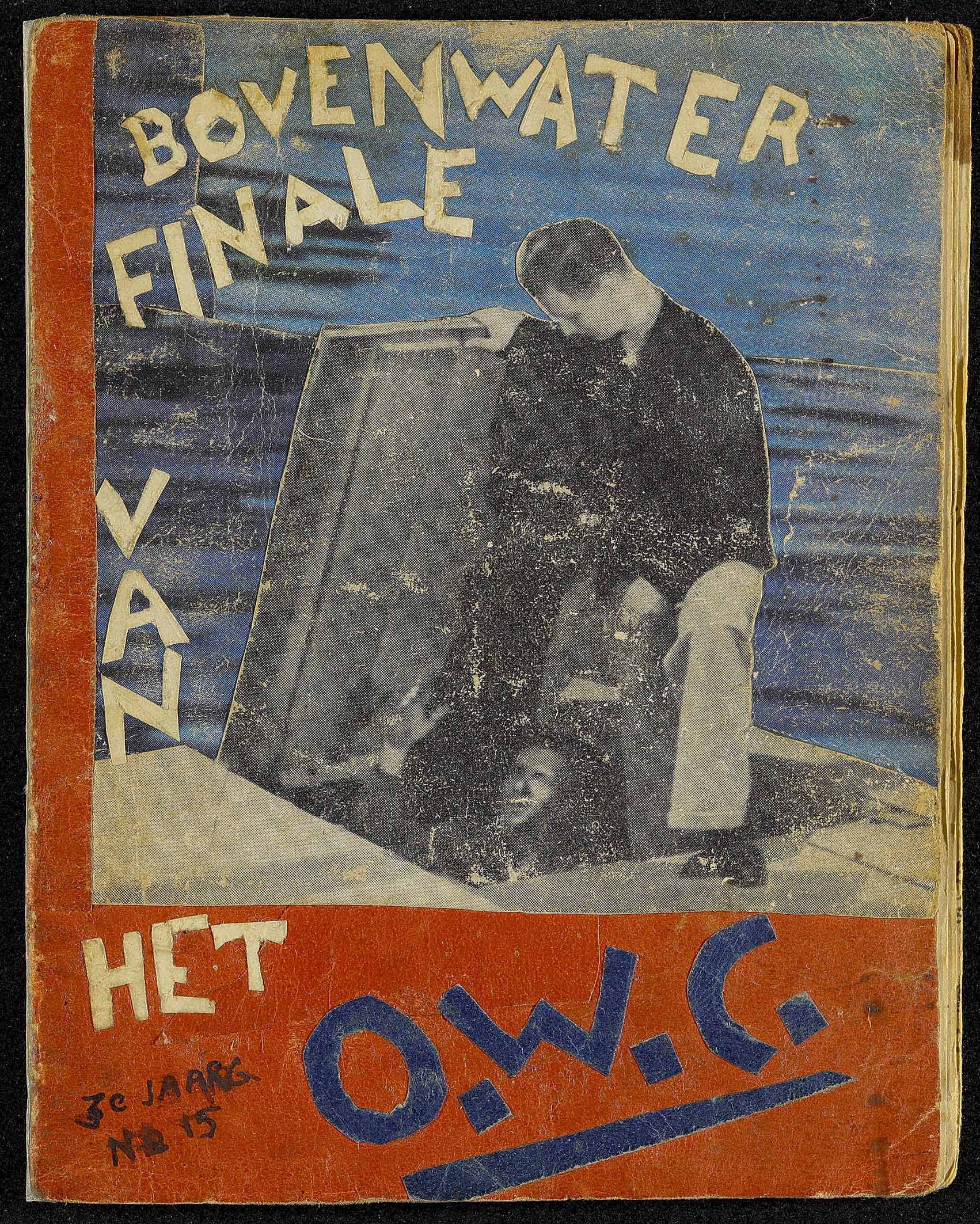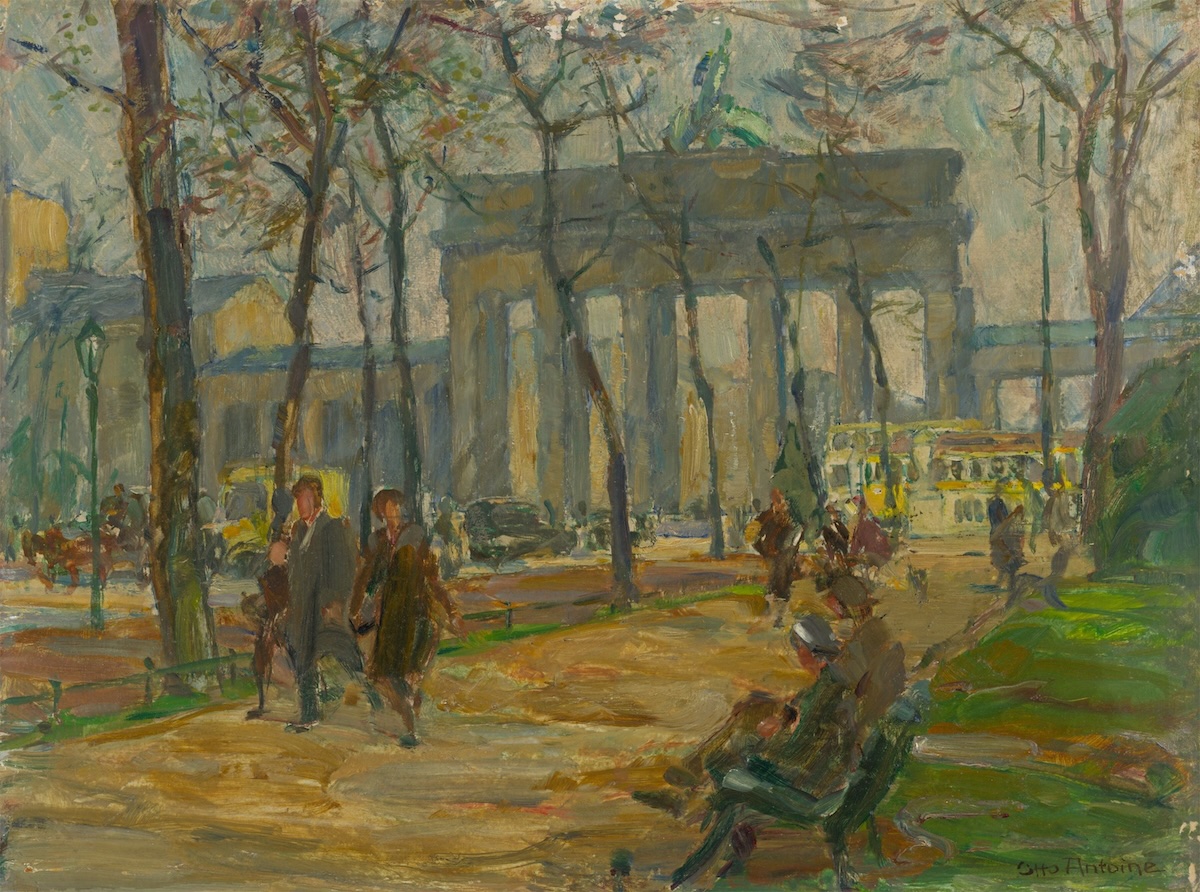Events

From Auschwitz to Hollywood: Jack Garfein, “THE WILD ONE”
Film Screening and Conversation with French producer Chantal Perrin
ONLINE
VA, United States
THE WILD ONE illuminates the journey of unsung artist Jack Garfein (1930-2019) - Holocaust survivor, celebrated Broadway director, Actors Studio West co-founder, and controversial filmmaker. The film examines how his experience in Nazi concentration camps shaped his vision of acting as a survival mechanism and propelled his engagement with themes of violence, power, and racism in postwar America in two explosive films: THE STRANGE ONE (1957) and SOMETHING WILD (1961). THE WILD ONE explores the importance of his legacy as an artist who confronted censorship and reveals how art can draw on personal memory to better enlighten our present. Image above: Photo of Jack Garfein. Courtesy of Petite Maison Production WATCH THE TRAILER: [...]

Art and Internment.
Heinz Henghes the Stowaway Sculptor
Presentation by Ian Henghes, London (UK)
ONLINE
VA, United States
Heinz Henghes (1906-1975) was born in Hamburg in 1906, a ‘Mischling’ of mixed Jewish and German descent. In America for almost 10 years before returning to Europe at a time of great political unrest Heinz spent time in Italy where he enjoyed the patronage of Ezra Pound, despite Pounds noted anti-semitism. In London at the outbreak of war Heinz was interned and sent to Australia on the notorious ship the Dunera. Ian Henghes, the artist's son, presents his father’s extraordinary story and the contact he had with other artists, writers and thinkers of his time. Image above: Heinz Henghes in Milan studio ca 1935 © Ian Henghes Ian Henghes is an online communications specialist working [...]

“My verses are like dynamite”
Curt Bloch’s Het Onderwater Cabaret
Presentation by Aubrey Pomerance, Berlin (Germany)
ONLINE
VA, United States
Under threat from Nazi antisemitism, the young Jewish lawyer Curt Bloch (1908–1975) fled Dortmund for the Netherlands in 1933. He went into hiding there in 1942 and emigrated to the United States after the war. In his hiding place, from August 1943 to April 1945 Bloch produced a magazine with the telling title Het Onderwater Cabaret – “The Underwater Cabaret.” Image above: Curt Bloch, Het Onderwater Cabaret 30 Aug 1943; Jewish Museum Berlin, Convolute/816, Curt Bloch collection, loaned by the Charities Aid Foundation America thanks to the generous support of Curt Blochʼs family Week by week, Curt Bloch created small-format booklets with artfully designed covers, containing a total of 483 handwritten poems in German and [...]

George Grosz (1893-1959):
The Stick Men
Presentation by Karli Wurzelbacher, PhD, Huntington (New York)
ONLINE
VA, United States
George Grosz (American, b. Germany, 1893–1959) created the “Stick Men” series in Huntington, where he lived from 1947 until shortly before his death. Featuring hollow figures in an apocalyptic landscape, this group of watercolors offers a searing indictment of humanity following World War II, the Holocaust, and the dropping of atomic bombs on Hiroshima and Nagasaki. Grosz was an internationally renowned German-born artist who remained invested in political art following his immigration to the United States in 1933. In the “Stick Men” series, he wrestles with the emergence of Abstract Expressionism and reaffirms the ability of painting to impact society. Image above: Detail of George Grosz (American, b. Germany, 1893–1959), The Grey Man Dances, 1949. Oil on canvas. George [...]

Painted Memories of a Jewish Childhood in Poland Before the Holocaust
Presentation by Barbara Kirshenblatt-Gimblett
ONLINE
VA, United States
Lest future generations know more about how Jews died than how they lived, Mayer Kirshenblatt (1916-2009) made it his mission to remember the world of his childhood in images and words. Born in Opatów (Apt in Yiddish), Mayer left for Canada in 1934 at the age of 17. Image above: Mayer Kirshenblatt, Synagogue interior, 1991. Acrylic on canvas. Gift of the Kirshenblatt Family. Taube Family Mayer July Art Collection at POLIN Museum of the History of Polish Jews, Warsaw. He had always told his family stories about growing up in Poland before the Holocaust. After his family begged him to paint what he could remember, Mayer finally picked up his brush in 1989 at the [...]

BOOK TALK: Welcoming the Stranger.
Abrahamic Hospitality and Its Contemporary Implications
Georgetown University, Washington (DC)
Mortara Center for International Studies at Georgetown University
36th Street Northwest, Washington, DC
Welcoming the Stranger, a collection of essays, explores hospitality and inclusion in Abrahamic traditions from historical, theoretical, theological, and practical perspectives. It offers an enlightening and compelling discussion of what the Abrahamic traditions teach us regarding welcoming people we don't know. Join the Center for Jewish Civilization and Mortara Center for International Studies for a conversation with editors Ori Soltes and Rachel Stern, refreshments, and a book signing. Image above: David Stern, Snow Crash (Lost Agency), 2018-19. Acrylics and pigments on paper, 27 x 35 inches. © David Stern / Artists Rights Society (ARS), New York This timely book offers theoretical and practical reflections on 'welcoming the stranger.' From the theological analysis of Abraham to the [...]

Misunderstandings and Contradictions:
The Art and Life of Jacqueline de Jong (1939-2024)
Presentation by Curator Ariella Wolens, Fort Lauderdale (FL)
ONLINE
VA, United States
In this virtual talk, curator Ariella Wolens presents the late Dutch artist, Situationist, and Pataphysician Jacqueline de Jong (1939-2024). Born into a Jewish family in Enschede, Netherlands, De Jong’s infancy was spent in exile in Switzerland; she and her mother narrowly escaped deportation to Sobibor after being taken in by the resistance. For the rest of her life, she remained universally empathic, and chose art as her own form of resistance. Image above: Jacqueline de Jong, Naufrage en Mediterranée (Border Line), 2020. Oil and nepheline gel on canvas, 35 3/8 x 47 1/4 in / 90 x 120 cm. BPS22, Musée d'art de la Province de Hainaut, Belgium. Courtesy the artist’s estate and Ortuzar Projects, New York. © 2024 [...]

Otto Antoine (1865-1951): “The Painter of Berlin” between Compliance and Defiance
Presentation by Kathleen Langone and Q&A with Jacquelyn Delin McDonald
ONLINE
VA, United States
Kathleen Langone speaks about the German born painter Otto Antoine (1865-1951), followed by a conversation with Jacquelyn Delin McDonald from the University of Texas at Dallas. Image above: Otto Antoine, Brandenburg Gate, 1928. Oil on cardboard Antoine displayed an early artistic talent but, due to economic circumstances, started a long-term career as a civil servant, initially as a clerk at a local post office. His drawing abilities were soon recognized, and he increasingly was used as a painter, engraver and designer of stamps for the German postal service. They also sent him to many far-flung places outside of Germany (such as Africa) to paint bucolic landscapes of those countries, which were used to promote their [...]

Sculpting a Life: Chana Orloff during Occupation, Escape, Exile, Return (1938-1949)
Presentation by Paula J. Birnbaum, San Francisco (CA)
ONLINE
VA, United States
This talk analyzes the Ukrainian born French sculptor Chana Orloff’s (1888-1968) perseverance and tremendous sacrifices during World War II, when the Nazis came to her studio, stole much of her work, and brutally vandalized what they left behind. Her tenacity led to her narrow and difficult escape from Paris first to the south of France and then on to Geneva with her young adult son, who was disabled. The presentation explores how Orloff managed her life and career under Nazi Occupation in Paris for two years, when she was among the many French and foreign-born Jews banned from public spaces, forced to observe a curfew and wear the yellow armband with the Star of David and the word “Juif” [...]

Fritz Ascher in Berlin – eine Spurensuche
Kurzvortrag und Führung von Rachel Stern, New York
Augustinermuseum, Haus der Graphischen Sammlung, Freiburg
Augustinermuseum
Augustinerplatz, Freiburg im Breisgau
Der spätexpressionistische Künstler Fritz Ascher (1893-1970) überlebte zwei Weltkriege und die Verfolgung durch das nationalsozialistische Regime. Als aufmerksamer Beobachter der Schrecken des Ersten Weltkriegs und der revolutionären Unruhen wandte er sich christlich-spirituellen Themen zu, die er radikal neu interpretierte. In intimen Zeichnungen beschäftigte er sich ab 1916 mit dem Thema Liebe und Verrat, sowohl in seiner Auseinandersetzung mit dem Kreuzigungsthema als auch mit der Figur des Bajazzo in der tragikomischen Oper „I Pagliacci“. Kurzvortrag und Führung von Rachel Stern zeigen den Künstler in seinem sozialen und politischen Umfeld. Image above: Fritz Ascher, Im Wald, um 1919. Weisse Gouache und schwarze Tusche über Aquarell und Bleistift auf Papier, 34 x 32,2 cm © Bianca Stock The late expressionist [...]


